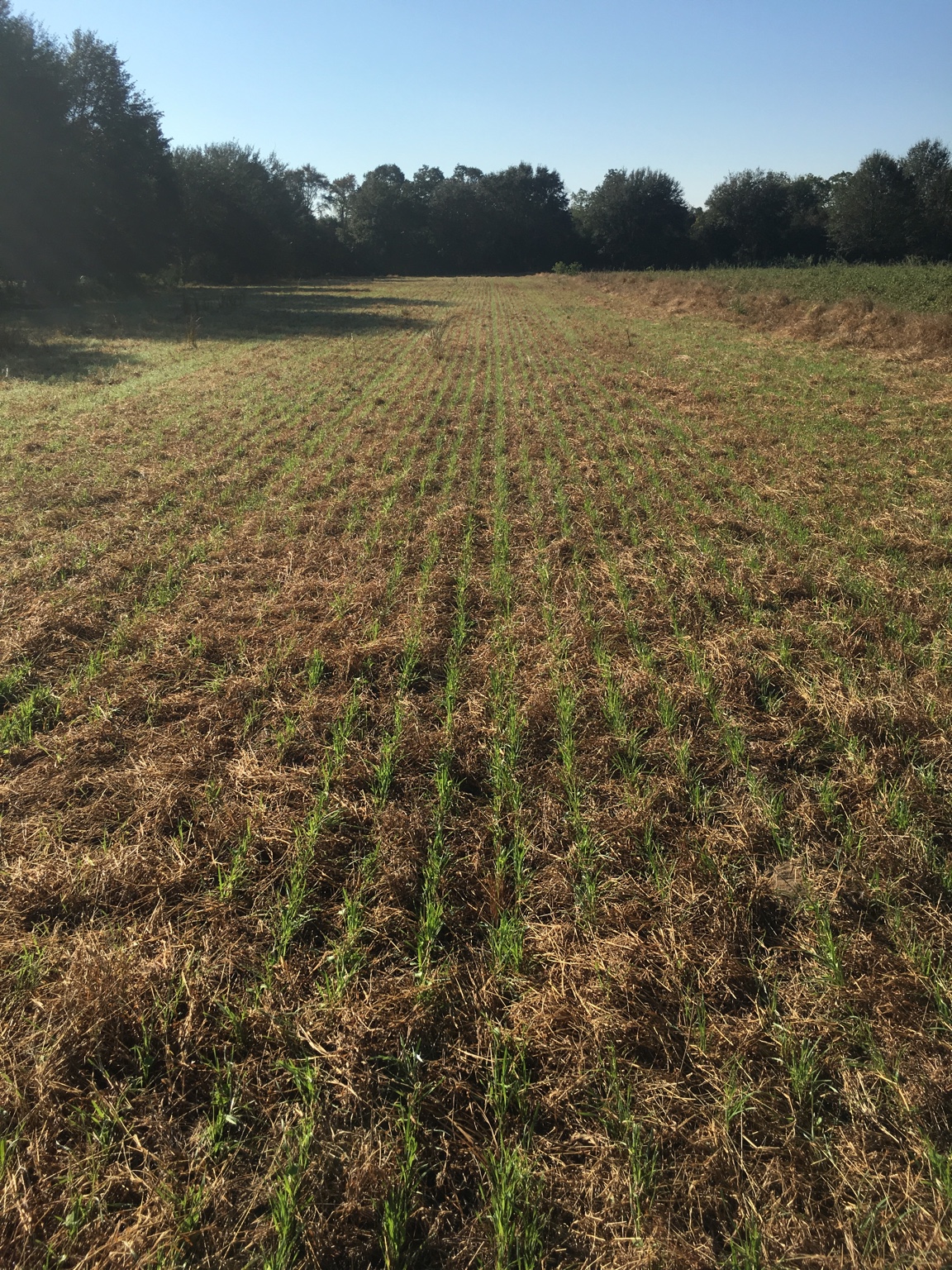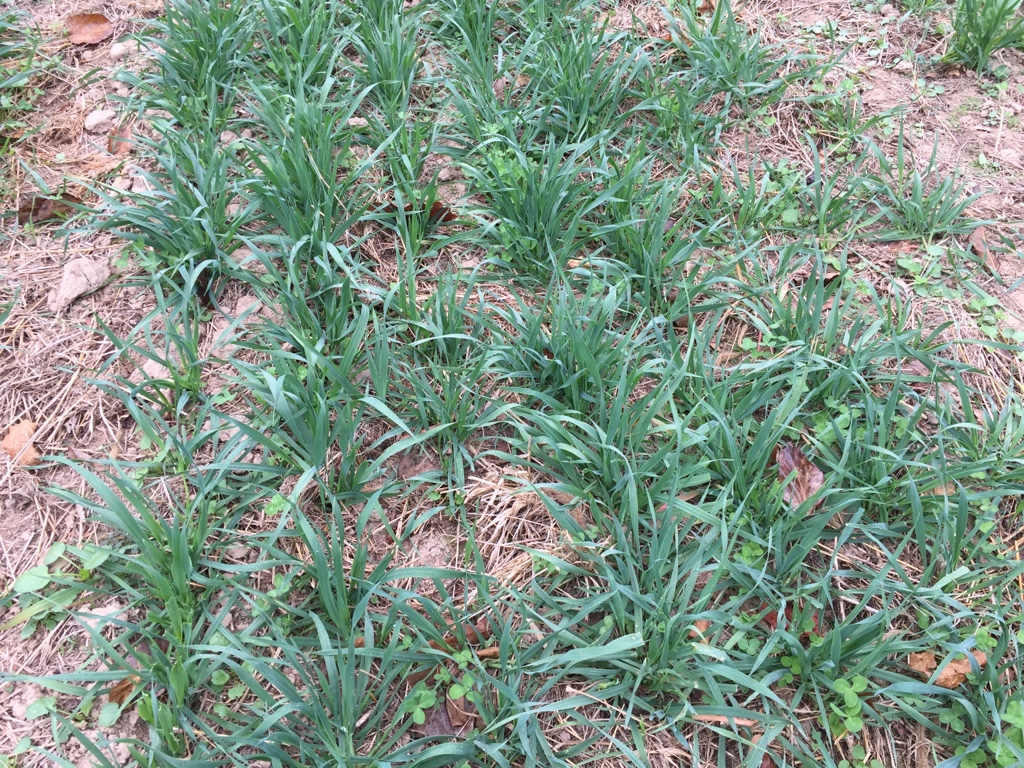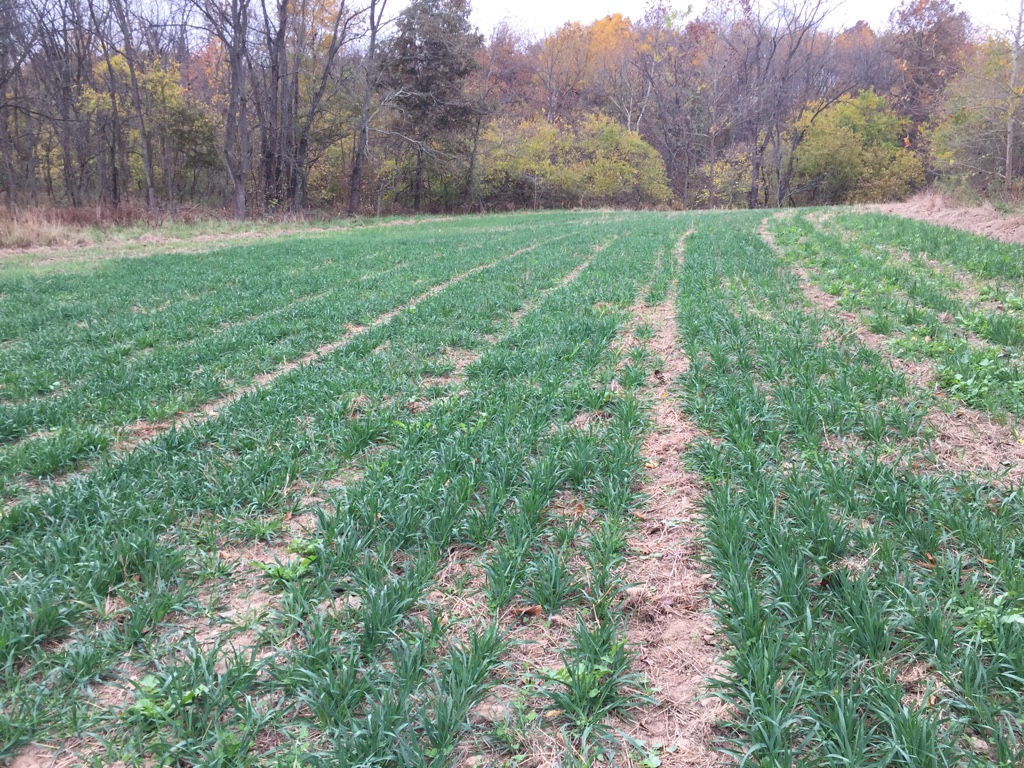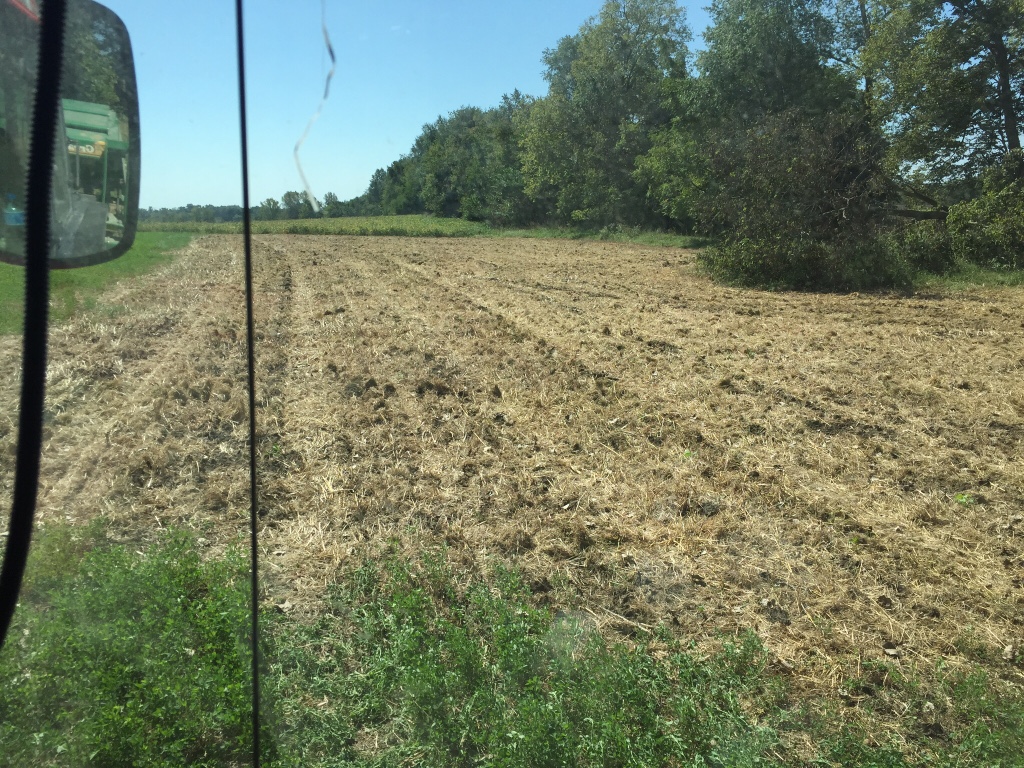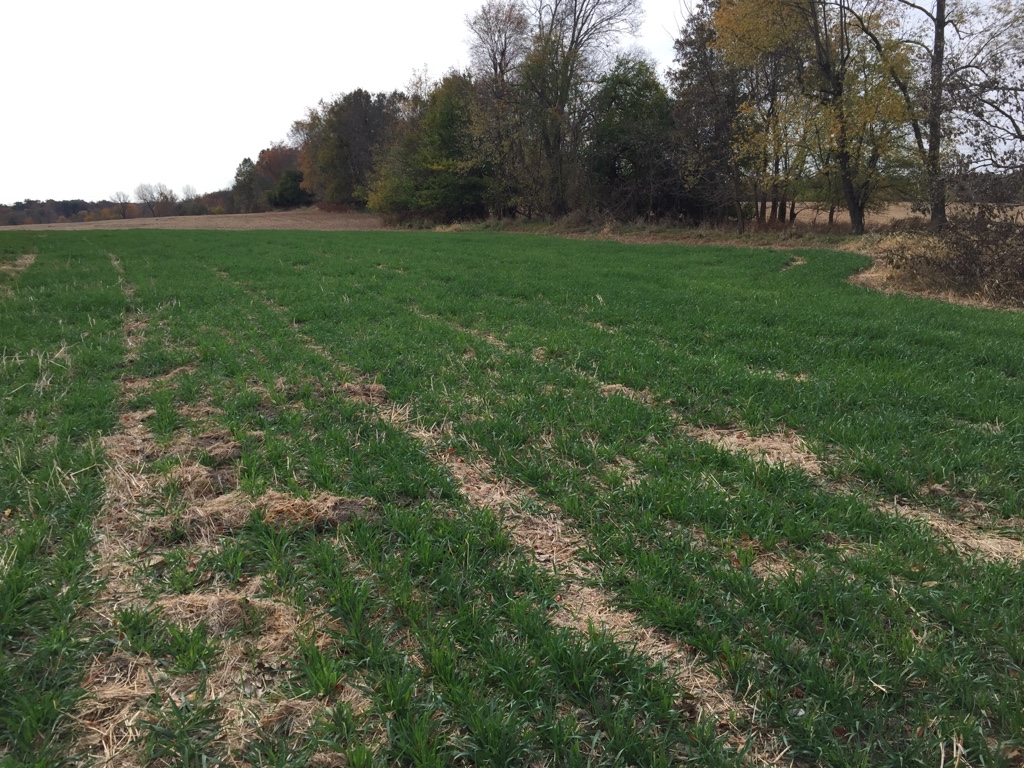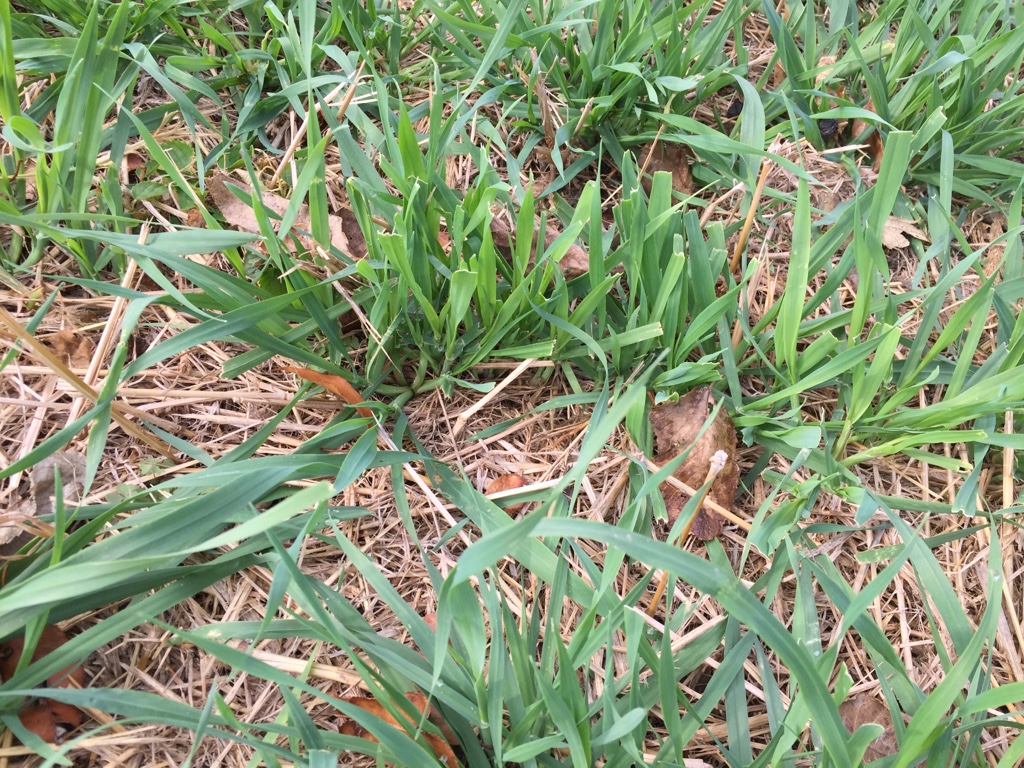I'm trying to minimize the work required to get my fall food plots in the ground. This year im planting rye, oats, radish, chicory, crimson clover, and arrowleaf clover using the large and small seed boxes on my Great Plains 706NT drill. Today I planted 6 acres into what I think was perfect soil moisture (11 days after 11.5" of rain from the hurricane). The fields were mostly covered in dead/dying summer grasses...I didn't spray or mow, I just let them die a natural death.
Two issues I faced: it was hard to control seed depth and hair pinning.
The dead grass was pretty thick, so I set the drill pretty deep to cut through it. It was s constant battle between too deep and too shallow, but I guess that's just something that one has to deal with.
As far as hair pinning is concerned, is that operator error, wrong planting conditions, or equipment fault? My coulters are sharp and most of the grass was quite dead, so it should have been able to cut through it. Any suggestions? Will get pictures Saturday.
Two issues I faced: it was hard to control seed depth and hair pinning.
The dead grass was pretty thick, so I set the drill pretty deep to cut through it. It was s constant battle between too deep and too shallow, but I guess that's just something that one has to deal with.
As far as hair pinning is concerned, is that operator error, wrong planting conditions, or equipment fault? My coulters are sharp and most of the grass was quite dead, so it should have been able to cut through it. Any suggestions? Will get pictures Saturday.

